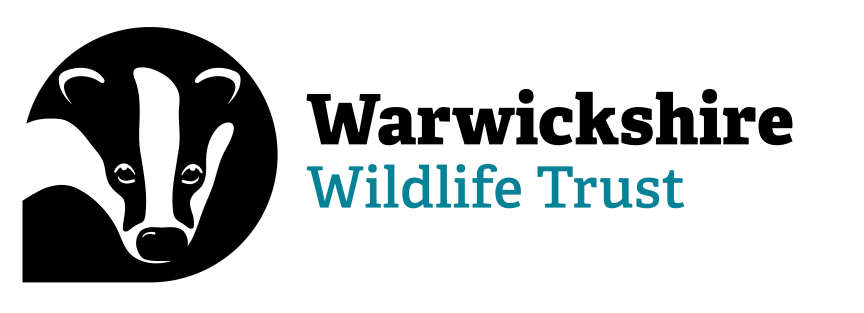Re-wiggling a river
The Sherbourne Valley Project team have spent the last few years getting to know the River Sherbourne and working out the best ways to improve it for wildlife. Two things they look for are places to create or enhance wetland habitat and finding weirs and other barriers to fish movement and healthy river function, then working out ways to remove or otherwise mitigate them.
During this time, the team came across the site of what is now the restored North Brook on Coundon Wedge, Coventry – a very straight section of the brook with a good-sized weir on it. Upon further investigation, the brook showed fantastic potential for a river restoration technique called ‘stage zero restoration.’ This approach involves blocking an artificial river channel and encouraging the watercourse to find its own way across an area of land, either via the use of a ‘paleochannel’ (the channel the river originally cut) or by creating a new course for itself. ‘Stage zero’ specifically refers to the developmental stages of a river system. Therefore ‘stage zero’ is resetting the river to the first step in its natural development following human interference. Stage zero can be a fantastic way of enhancing a river or brook for wildlife and can also represent an element of sustainable drainage. These areas can act like a sponge in the landscape, holding water following storms or heavy rainfall.
Our early investigations involved looking at old maps of Coundon Wedge and we discovered the brook had been moved from its natural course over 100 years ago. We are still unsure why the river would have been moved like this, but it may have been to do with reclaiming land for grazing or moving the river to follow field boundaries. The only remnant of the original path of the river was a small indentation in the field leading to a wetland area - the previously mentioned ‘paleochannel’.
In the summer of 2023, staff from the Trust, with the contractor Wildbanks Conservation, spent around three days on site back-filling the artificial channel and sending the river back into the course it had made for itself.
Now a few months have passed since the project, the new/old wetland area and river channel seem to be adjusting very well to the change and the brook is once again flowing free of human constraints. The team are excited to see what new wildlife will call the reconnected brook home as more time passes.


